Is this the end of creative focus?
How deleting social media apps and turning off notifications gave me my life back. It stemmed from a feeling of overwhelm.
You know the days where work starts to pile up, you keep getting interrupted, and every task you try to do take three times longer than you thought? The last thing you need to be doing on days like this is scrolling through or responding to social media or email.
Making it harder to actually access these distractions can lead to greater focus, accomplishing more, and stressing less.
(And you already know what the biggest distractions for you are, so keep those in mind as we continue.)
Remove apps entirely
Even though a majority of my work involves using email and social media, I decided to make it harder to access them from my phone.
Last week I deleted the Twitter, Facebook, and Google + apps from my iPhone and went down from three email apps (Mail, Mailbox, and GMail) to one.
What I’ve found is I unconsciously reach for my phone way less often now and I’m breaking the addiction to replies, likes, retweets, +1, and notifications.
What I lose in the small shot of dopamine from these positive reinforcements that a link I shared is making a difference in the world I gain in focus, calmness, and awareness of my actual surroundings.
Less push notifications
If you just can’t bring yourself to delete those apps on your phone, at least turn off all the notications.
Do you really need to instantly see how many people double tapped your Instagram photo or can you just see the next time you share one?
Beyond social media and email, turn off notifications from all other apps (except perhaps your calendar). Do you really need to instantly know every time your team scores or that it is your turn in a silly game?
Disable them all and then a few days later add back in what you miss. (I didn’t miss any.) A nice side effect is that your battery will last longer too.
Less interuptions
The problem with living in this world of “always on, always connected” is we stop and restart what we are doing hundreds, if not thousands of times a day.
Multitasking is possible, but is not nearly as efficient. Just try to look at two different screens (e.g. your phone and television) at the same time. Human eyes don’t work like that (yet).
I’d also argue that you can do multiple things at once (walk, chew bubblegum, and listen to a podcast), but you can’t do more than one “creative” thing at a time.
Batch your consumption and connections
Instead of communicating throughout the day in 140 characters or six second videos to a huge number of people, why not schedule phone calls or write longform emails to them instead.
Go deeper with less people instead of shallow with more people.
The same can be said for consumption. Instead of being on everyone’s mailing lists and getting notified each time they publish a post, read them all in a batch sitting.
I do this during my downtime on weekends instead throughout the days I should be working.
***
Switching from a push to a pull system will create an environment of focus and lead to more creative output over the long run.
(Note: I originally published this article on Medium.com.)

